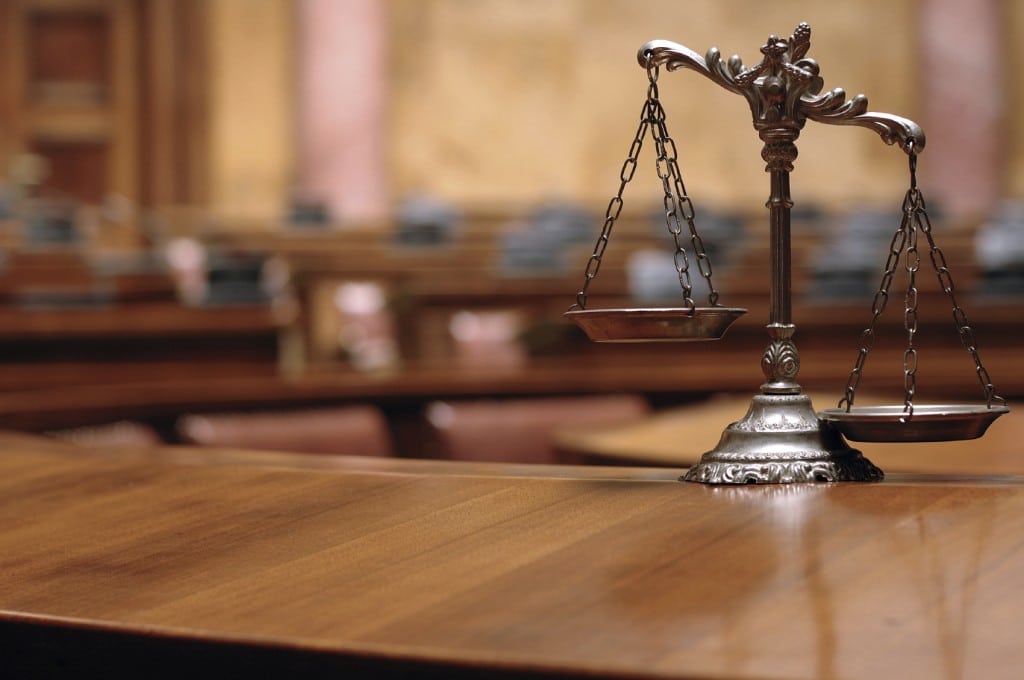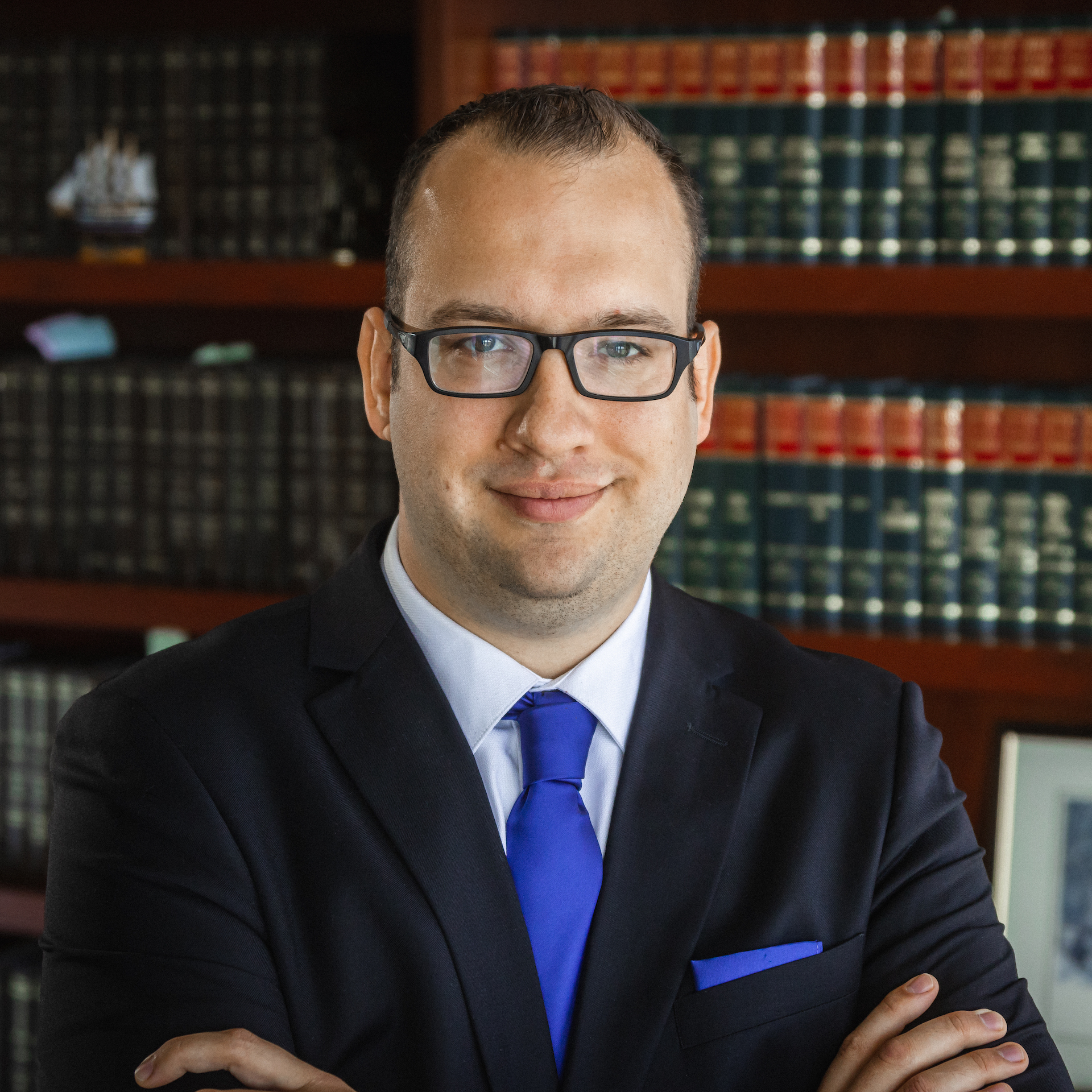
Americans owe more than $1.3 trillion in federal and private student loans. On average, the class of 2016 has accumulated $37,172 in higher education debt. This figure rises every year. Once the lending system became backed by the federal government, and normal bankruptcy protections for student loans were stripped away, the cost of attending college skyrocketed. The student loan crisis took years to materialize.
What Caused the Student Loan Crisis?
Higher education institutions can charge exorbitant tuition rates, knowing that students have easy access to loans. The Department of Education, and private lenders, do not have to worry about defaults and bankruptcy. As tuition becomes more expensive, students must borrow more money for an education.
This is dangerous for several reasons. Borrowers unable to find employment, or careers that can pay off their loans, are at risk of defaulting. People who attended for-profit institutions may find they are unable to find the high-paying jobs they were promised. Those with student loans who become sick or disabled may also be at risk of defaulting. The more they owe, the more difficult monthly repayments become.
People who default on their loans are hit with fees that double or triple what they owe. There are some people who owe more than $300,000 in student loans because they have defaulted! For most of these people, bankruptcy is an extremely difficult, although not impossible prospect.
What are the consequences for people stuck in these situations? It depends. Many people may see most of their paychecks go to student loans payments. In the worst cases, borrowers may commit suicide or flee the country.
Keep in mind, not all student loan borrowers struggling with repayment are in dire situations. People with federal loans in good standing may have discovered income-based repayment plans, which limit monthly payments to a reasonable percentage of their discretionary income. However, loan servicers may neglect to tell borrowers these plans exist. Those with excessive amounts of private loans are more likely to face tough situations with repayment, as income-based plans are not guaranteed.
Why Should We Restore Normal Bankruptcy Protections for Student Loans?
Should we as a society force people to live in a permanent state of poverty because they owe tens of thousands in student loans? Can we expect a person with $150,000 in student loans who only makes $40,000 a year to pay off their debts? Should we force someone with an illness or disability, who cannot find employment, to pay off $100,000 or more in private student loans? There are tens of thousands of Americans in these situations.
We allow people to receive discharges on medical debts, business debts, credit card debts, mortgage debts and many other types of unsecured and secured debts. While we do allow people to file for bankruptcy on student loans, they must first prove repayment would cause undue hardship to receive a discharge. This is not as easy as it sounds. We do not require people filing for bankruptcy on other debts to prove undue hardship.
Without reform, this perpetual cycle of increasing tuition and student loan debt will continue. There are many other problems with the student loan system that should be addressed. Here is one: Should the federal government allow loans to be used at for-profit institutions? We have only touched the tip of the iceberg with our blog today.
How would you solve the student loan crisis? Would you restore normal bankruptcy protections? Let us know by connecting with The Sader Law Firm on Facebook.
 Book an
Book an Email
Email Directions
Directions







